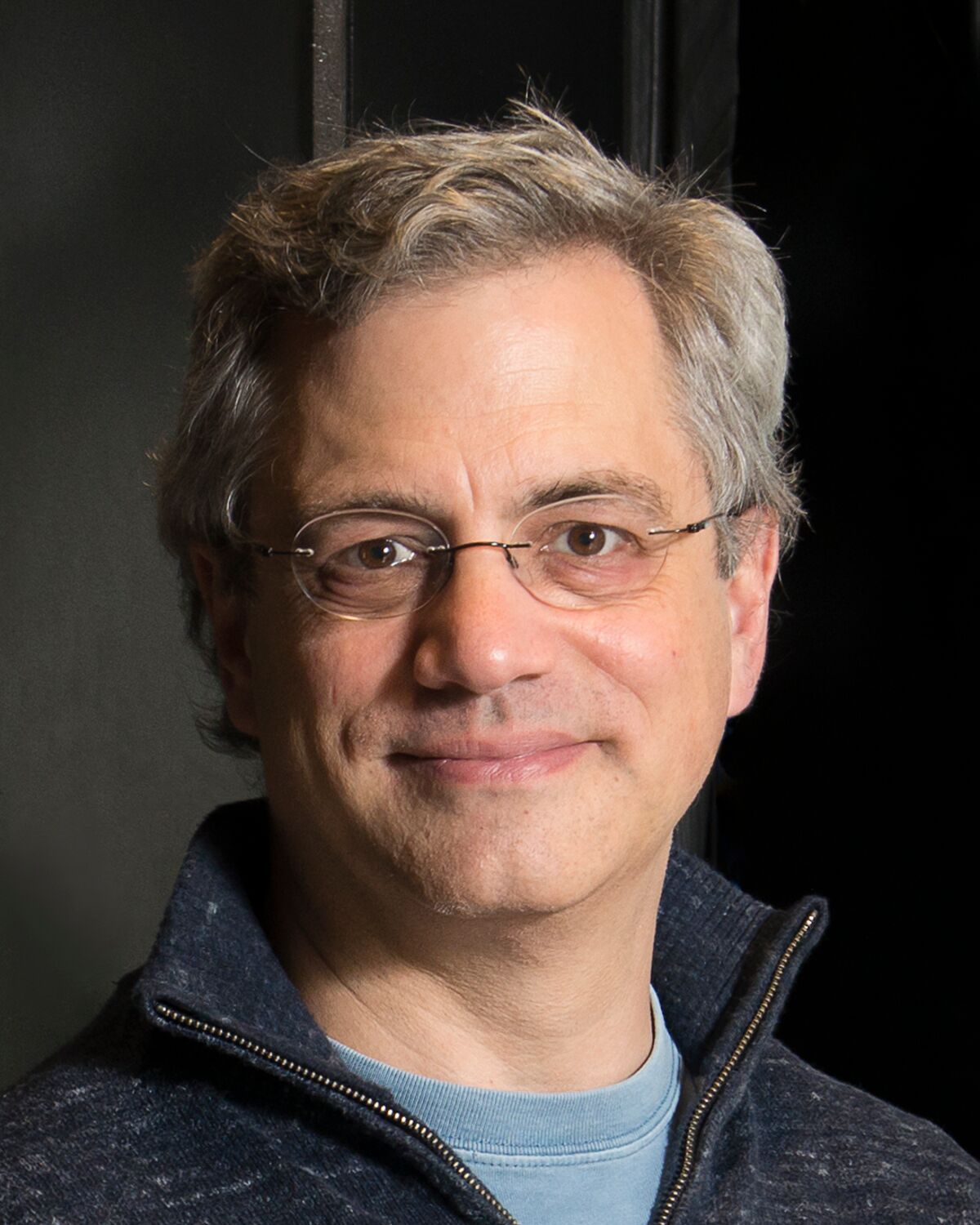
Gary Yellen, Ph.D.
Research in my lab is focused in two areas. For a long time we have worked on understanding the "moving parts" of ion channels, which are the membrane proteins that control electrical excitability in neurons. Beyond their basic interest, these studies have implications for the interaction of therapeutic drugs with ion channels. More recently, we are studying the relationship between neuronal metabolism and excitability, with the goal of improving epilepsy treatment. *** NEURONAL METABOLISM AND EXCITABILITY These projects are inspired by a remarkably effective but poorly understood therapy for epilepsy: the ketogenic diet. We have discovered that certain fuel molecules that appear in the blood of people on the ketogenic diet – ketone bodies – can produce opening of metabolically sensitive KATP channels in various central neurons. Opening of these potassium channels slows action potential firing and may contribute to the anticonvulsant mechanism. Our main hypothesis is that ketone bodies, or other metabolic manipulations, lead to a shift from glycolytic metabolism to other mechanisms of ATP production, and that this shift away from glycolytic ATP production is particularly effective in allowing KATP channels (which are inhibited by ATP) to open. We aim to learn * When are neuronal KATP channels active, and how do they influence firing and seizures? * Is ATP locally compartmented in neurons? * Does glycolysis govern ATP:ADP in the submembrane space sensed by KATP channels? * How does neuronal metabolism vary with fuel source? * What signals shift the balance between glycolysis and other metabolic pathways? * How does astrocyte metabolism influence neuronal metabolism? We use electrophysiological and pharmacologic tools, as well as knockout mice. We also are developing a series of new fluorescent biosensors for visualizing metabolite levels in cells -- we already have a sensor for ATP:ADP ratio, and are working on sensors for NADH and NADPH. In the long run, we would like to understand what it is about the ketogenic diet that prevents epileptic seizures. Because diets (and especially this diet) are notoriously difficult for people to follow, we hope that understanding the physiological basis of such therapy allows us either to fine-tune the dietary manipulation or to find medications that target the same very effective anticonvulsant mechanisms tapped into by the ketogenic diet. *** THE MOVING PARTS OF VOLTAGE-GATED ION CHANNELS We use single channel biophysics and directed mutagenesis to relate ion channel function to structure. Often we introduce individual cysteine residues into the channel protein; these cysteines serve as targets for chemical modification and for metal binding. For instance, when introduced at just the right place in the moving parts of the channel protein, a pair of cysteines can be bridged by a metal ion (such as Cd2+). If the metal bridges are compatible with only some of the functional conformations of the channel, they influence gating: for instance, they can lock the channel in an open state or in a closed state. We have applied this approach, together with looking at the state-dependent rate of chemical modification of cysteines, to learn about the moving parts of both voltage-gated K+ channels and voltage-gated pacemaker (HCN) channels. Our current focus is to learn about coupling between the sensors and gates of these channels: how the nucleotide binding domain and the pore-forming domain interact during gating of HCN channels, and why the HCN channels have a "backward" voltage-dependence. *** EXPERIMENTAL APPROACHES USED IN THE LAB Electrophysiology in brain slice and neuronal culture * Single channel recording * Perforated patch and whole cell recording Developing new fluorescent reporters for metabolites (ATP, NADH, NADPH) * Engineered fusion proteins * Directed evolution of sensors Imaging * Widefield and confocal fluorescent microscopy of live cells expressing metabolic sensors Heterologous expression of mutant channels * Site-directed mutagenesis of channel proteins * State-dependent chemical modification in excised patches * State-dependent metal bridging
Proc Natl Acad Sci U S A
View full abstract on Pubmed